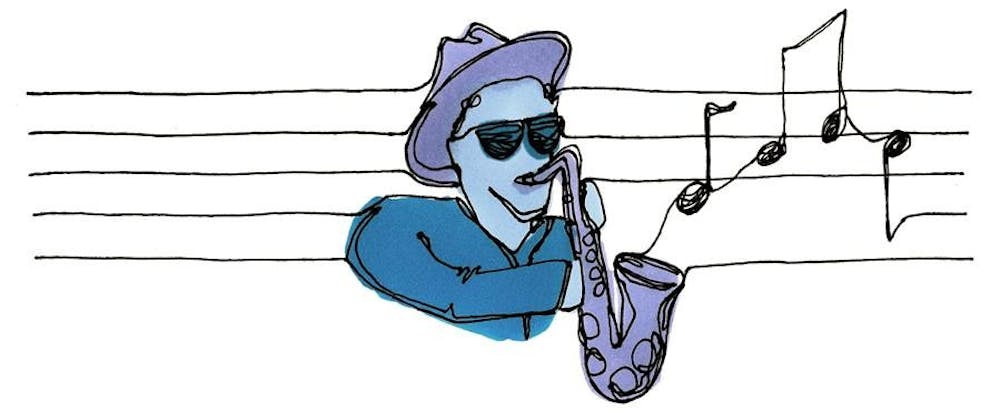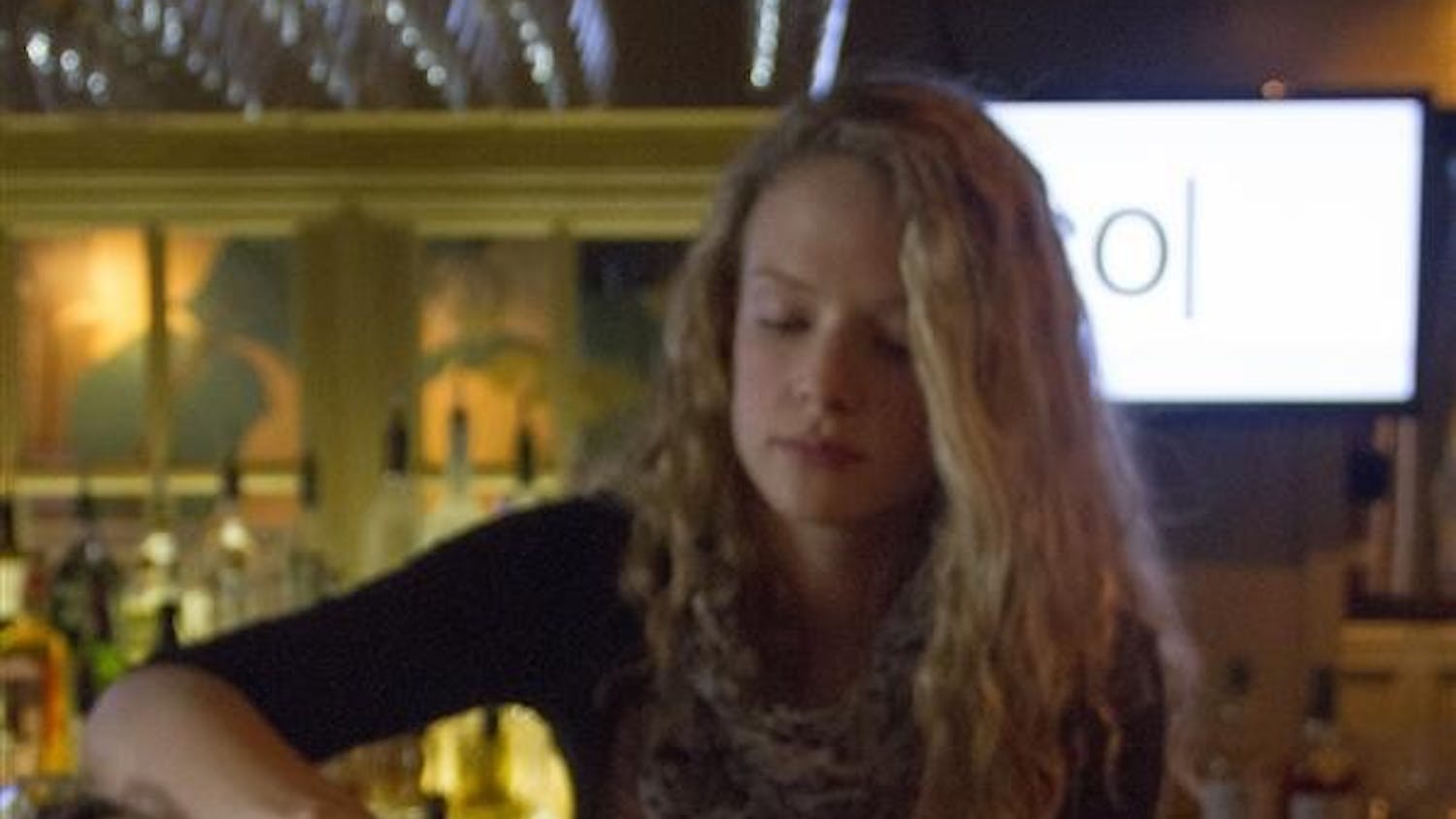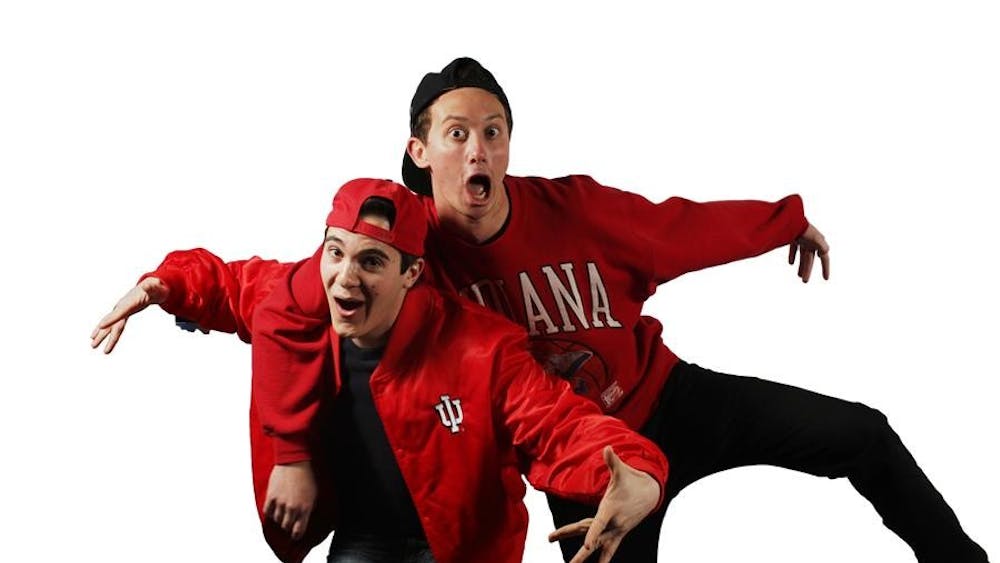When music professor Andy Hollinden realized there was no class on the history of blues music, he decided to make it happen. Blues is historically a black art form, and Andy didn’t feel qualified to teach it as a white musician. But when no one stepped forward, either he was going to do it, or no one was. Andy bought and listened to blues music almost exclusively for a couple of years, reading every book available, and then offered the course Z385 History of the Blues. We sat down with him to get an education on the often melancholic, but highly influential blues.
What are the origins of blues music?
Nobody knows for sure when it started. The best guess is that it was created by the generation born after the Civil War when black musicians had the freedom to do what they wish and travel. It really was a new art form, modern and hip, created by young people.
What defines the genre of blues?
There’s the 12-bar blues chord progression, so if you want to go home right now and write a blues song, you already have a template to use. But what’s really at the heart of blues is what blues musicians describe as working between the notes. It’s the bending of notes, the sliding between the pitches that you can do with your voice, and bending notes on your slide guitar or harmonica. You can’t put it into words — you just have to feel it. That’s what puzzled white academics when they would try to write down in European music notation what black musicians were doing, because it didn’t conform to their system. People think it’s simple to play the blues. It’s only simple to play it poorly.
How did the blues change over the years?
The first wave of blues music on record began in 1920. The big blues stars were glamorous professional black women who traveled the vaudeville circuit singing blues songs in these variety shows. In 1925 or ’26, country blues began. Typically they were men who accompanied themselves on guitar. After that, you began to see the blues being recorded more in the cities, in more of a smooth, sophisticated style. In the 1930s, you’re going to start to see small combos forming that include bass and drums. By the end of the ’30s and early ’40s, people started to experiment with amplifying their guitars and people started calling it rhythm and blues.
What about today’s blues music?
At the end of the ‘50s and into the ‘60s there was the blues revival. Young white music lovers started to search out those old blues records that had been recorded and released decades prior. That music seemed like the most real music they’d ever heard, so a lot of people wanted to not play pop music or rock pop music and instead go back to the roots or the beginning. By the end of the 1960s, blues music and rock music had become so intertwined again the difference between the two became so small. To my ear, it hasn’t changed a whole lot since the 1970s.
LISTEN TO THE BLUES
Andy offered us these songs to give a sense of that real blues flavor.
Victoria Spivey “Black Snake Blues”
Mississippi John Hurt “Spike Driver Blues”
Tommy Johnson “Canned Heat Blues”
Charley Patton “High Water Everywhere, Part 1”
Skip James “Devil Got My Woman”
Geeshie Wiley “Last Kind Words Blues”
Behind the blues

Get stories like this in your inbox
Subscribe





